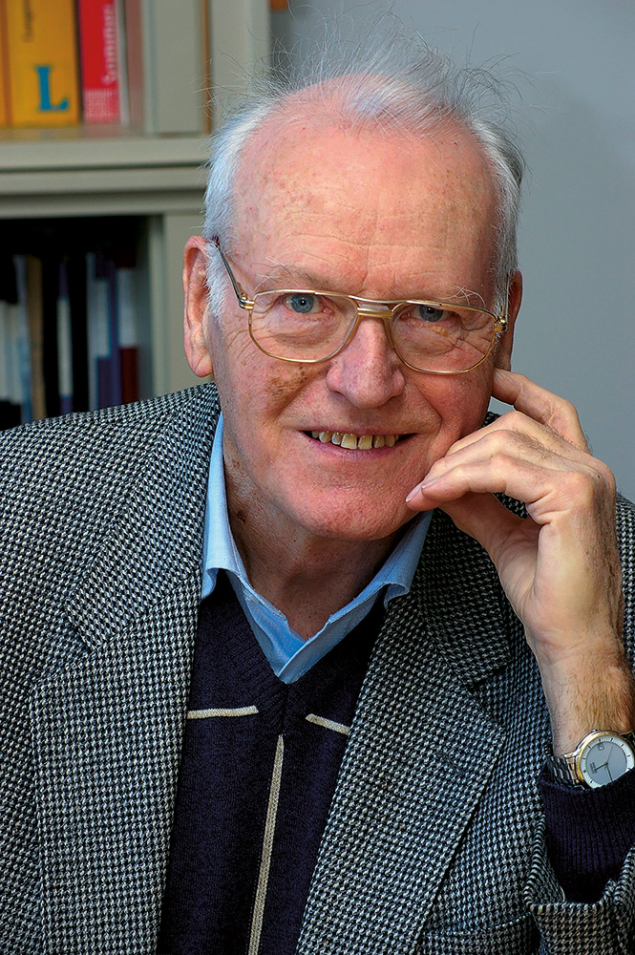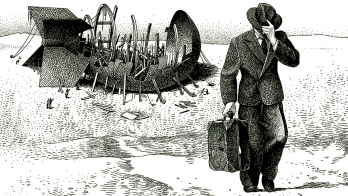
Ernst-Wilhelm Otten received his doctorate in 1962 at the University of Heidelberg under the supervision of atomic and nuclear physicist Hans Kopfermann. From 1972 until his retirement in 2002, he headed the department of experimental atomic and nuclear physics (EXAKT) at the University of Mainz. Ernst spent numerous research stays abroad, including at CERN and at the Ecole Normale Supérieure in Paris. After his retirement Ernst continued his research activities, especially for the KATRIN neutrino experiment. The hallmark of his work was the extraordinary breadth across almost all disciplines of physics, which earned him a large number of distinctions and prizes.
In Heidelberg, Ernst developed the method of optical pumping for polarising the nuclear spins of radioactive isotopes to determine their nuclear moments. He also recognised, from its start-up in the late 1960s, the opportunities offered by the on-line isotope separator ISOLDE at CERN. He became a pioneer of optical spectroscopy with accelerators. The discovery of unexpected nuclear-shape coexistence and nuclear-size changes in neutron-deficient mercury isotopes is one of the most outstanding results obtained at ISOLDE, as early as 1972. In Mainz, his group developed the high-resolution method of collinear laser spectroscopy – now a workhorse at ISOLDE for the determination of nuclear ground-state properties of short-lived nuclei – and with his collaborators initiated laser-based trace analysis for the detection of radionuclides in the environment.
The electron accelerators at Mainz enabled spectacular experiments: the test of parity non-conservation by neutral currents in polarised–electron nucleon scattering, and the determination of the neutron electric form factor using polarised 3He targets at high density. With hyperpolarised 3He gas, Ernst performed lung diagnostics by magnetic resonance imaging in collaboration with the German Cancer Research Centre in Heidelberg and the department of radiology at the University of Mainz.
In the 1980s, when a group reported a 30 eV mass of the antineutrino, Ernst developed a novel high-resolution beta spectrometer at Mainz to determine the neutrino mass very precisely from tritium decay. Together with his team he succeeded in setting an upper limit of 2 eV. After the discovery of neutrino oscillations in 1998, proving the existence of finite neutrino masses, Ernst initiated the KATRIN experiment at the Karlsruhe Institute of Technology to measure the neutrino mass. The construction of this technically extremely difficult spectrometer started in 2001, and Ernst was very actively involved until his death on 8 July. As such, he was able to witness the first successful result: the setting of a new upper limit on the neutrino mass of 1 eV (see KATRIN sets first limit on neutrino mass).
Ernst leaves deep traces in science and in the physics community. We will remember him as a great scientist, teacher, mentor and friend.







